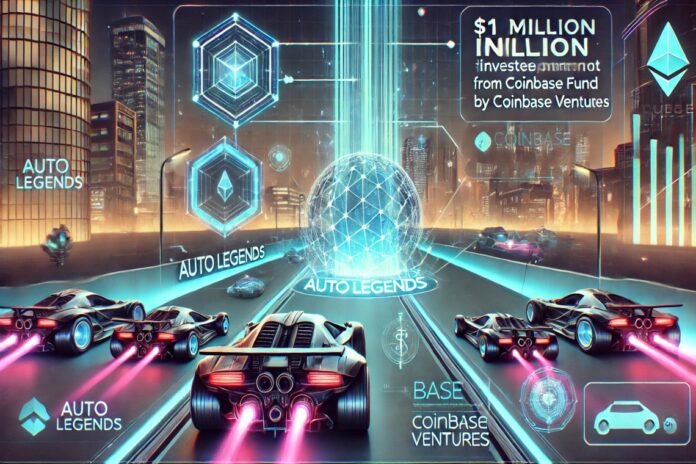Auto Legends, a drag racing game based on Web3, has secured a significant strategic investment of 1 million dollars from the Base Ecosystem Fund of Coinbase Ventures, along with Operating Group and Draper Dragon. This investment is part of a larger funding round of 9 million dollars.

Summary
Details of Coinbase’s investment in Auto Legends and future developments
The game, developed by veterans of the AAA video game industry, aims to offer a high-quality racing experience, integrating digital ownership through blockchain.
This new funding not only accelerates the development of the game, but also strengthens institutional confidence in the long-term vision of Auto Legends and its ability to connect traditional racing games with ownership powered by the blockchain.
Shan Aggarwal, VP of Corporate and Business Development Ventures at Coinbase, expressed enthusiasm for supporting a team that has a proven track record in creating world-class racing games that capture the imagination in Web3 gaming.
In addition to the investments, Auto Legends has announced the hiring of Scott Probin, a veteran of the video game industry with over 35 years of experience, known for his work on fan-favorite titles such as Need for Speed Hot Pursuit 2 and For Honor.
Probin, who has recently worked on Off The Grid, a popular Web3 shooter, will have a key role in refining the gameplay, integrating Web2 players, and strengthening the player-owned economy in the game.
Peter Pham, co-founder and CEO of Auto Legends, emphasized how Probin’s decade-long experience in developing AAA games, combined with his passion for cars and racing games, will help create an authentic experience that truly resonates with racing and car enthusiasts.

Beta Access and Inaugural Launch of NFT
In parallel with the new funding, Auto Legends is preparing for its first NFT launch, offering early supporters the opportunity to own exclusive cars in the game before the official launch.
This mint will introduce limited edition digital collectibles that players can use in the game’s competitive ecosystem.
This new chapter for Auto Legends not only promises to revolutionize the racing game sector with the integration of blockchain technologies, but also establishes a strategic bridge between the traditional gaming experience and the new dynamics of digital ownership.
With Scott Probin’s experience and significant financial backing, Auto Legends is positioned to be a leader in the Web3 gaming landscape.
